How to Clean a Washing Machine With Vinegar in 7 Simple Steps
-
Ed Malaker
- Last updated:

If you are the one primarily responsible for the laundry in your home, it’s common to notice a bad smell from time to time, especially if you leave the clothes sitting in the washer a little too long before moving them into the dryer. This smell will also be in your clothes, so most people want to find a way to get rid of it. Here is a step-by-step guide that you can follow to eliminate that bad smell, using nothing more than vinegar, so you can get back to fresh-smelling laundry.
The 7 Simple Steps to Clean a Washing Machine With Vinegar
Before You Begin
We recommend first checking with your owner’s manual to see if there is any reason to avoid using vinegar in your machine. Certain materials might not do well in the acidic environment that vinegar creates. We also recommend gathering all the tools and supplies that you need beforehand, so you don’t need to stop once you begin. Luckily, you won’t need much to complete this project.
- 2–4 cups of white vinegar
- 1 cup baking soda
- Essential oils (optional)
- Measuring cups
- A few clean cloths
- Spray bottle
- Old toothbrush
Cleaning a Top-Loading Washing Machine
1. Add Your Vinegar to the Washing Machine
The first step to cleaning your top-loading washing machine with vinegar is to add the vinegar. Choose your washer’s largest load size and the hottest water temperature. Then, start the washer, and as it begins to fill, add 4 cups of white vinegar, and wait for it to finish filling.
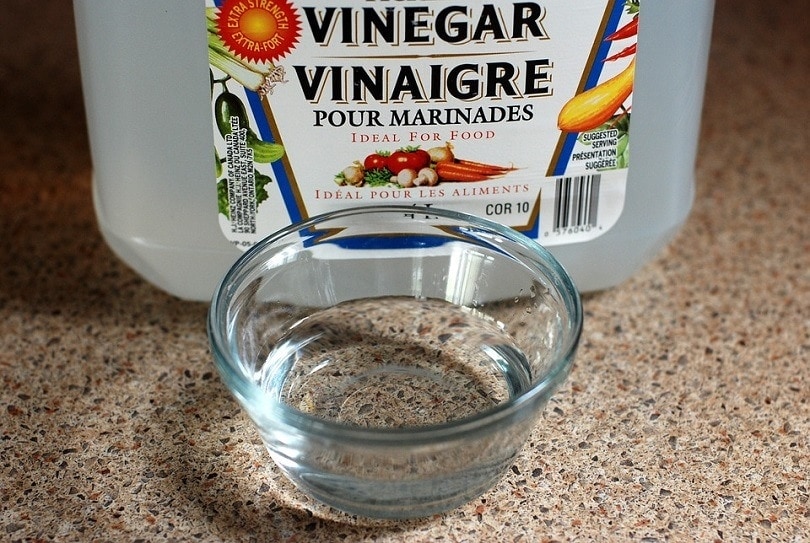
2. Let the Vinegar Do Its Work
Once the washer is full of water and the load starts, quickly pause the machine. Pausing it will hold the hot water and vinegar in the tank to dissolve build-up and destroy bacteria, mildew, and mold.
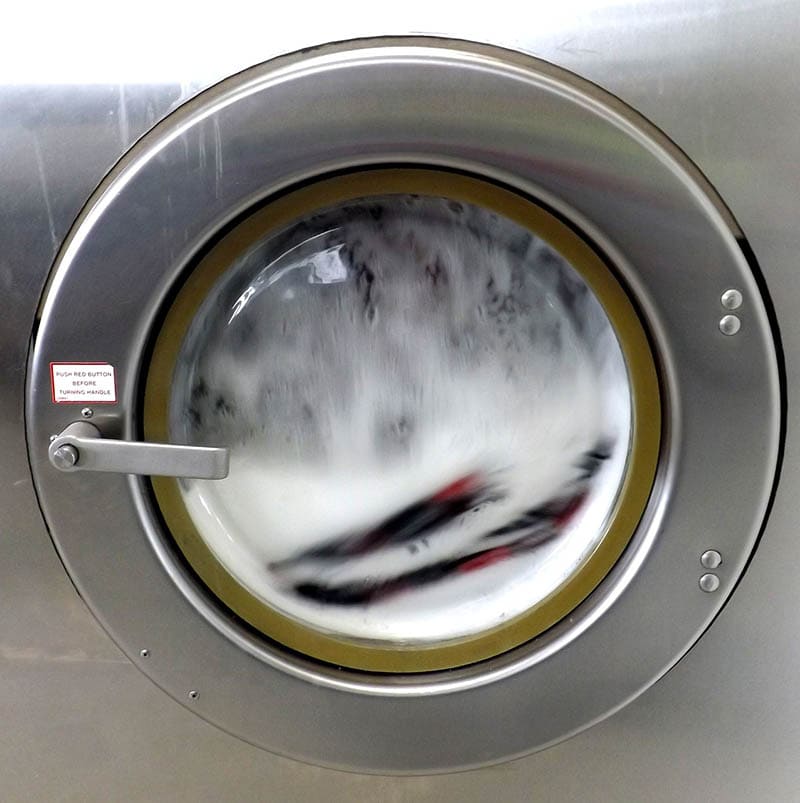
3. Clean the Exterior
While the hot water and vinegar are working, take the time to clean the unit’s exterior to remove any dirt. Use a clean microfiber cloth dipped in water and vinegar to wipe away any grime that may be building up.

4. Clean the Detergent Dispenser
While the hot water and vinegar work their magic, you can clean the soap dispenser to ensure that it works properly. An old toothbrush dipped in white vinegar will help you get around the tight corners and dissolve any build-up.
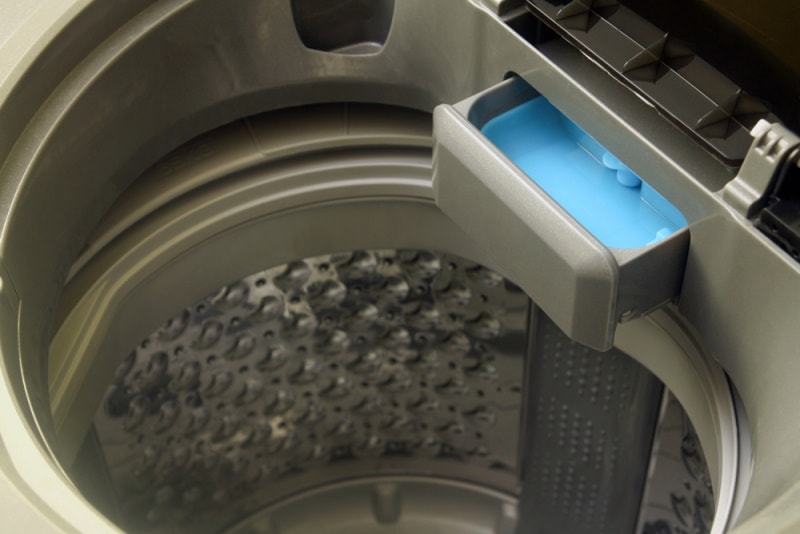
5. Run the Rest of the Cycle
Allow the solution to sit for at least an hour. Then, unpause your machine and let the cycle complete.
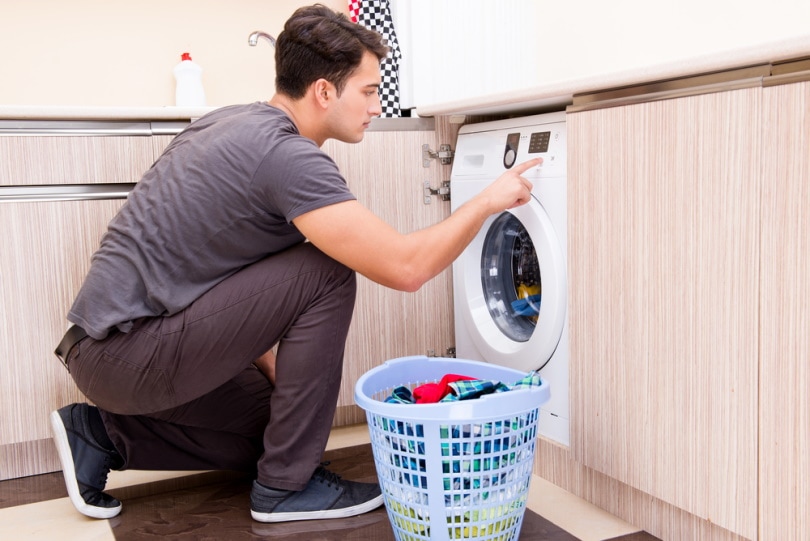
6. Run a Second Cycle Using Baking Soda
Start a second cycle on your washing machine, and as it fills, add 1 cup of baking soda and a few drops of your favorite essential oils if you have any. Allow the cycle to run through without pausing it.
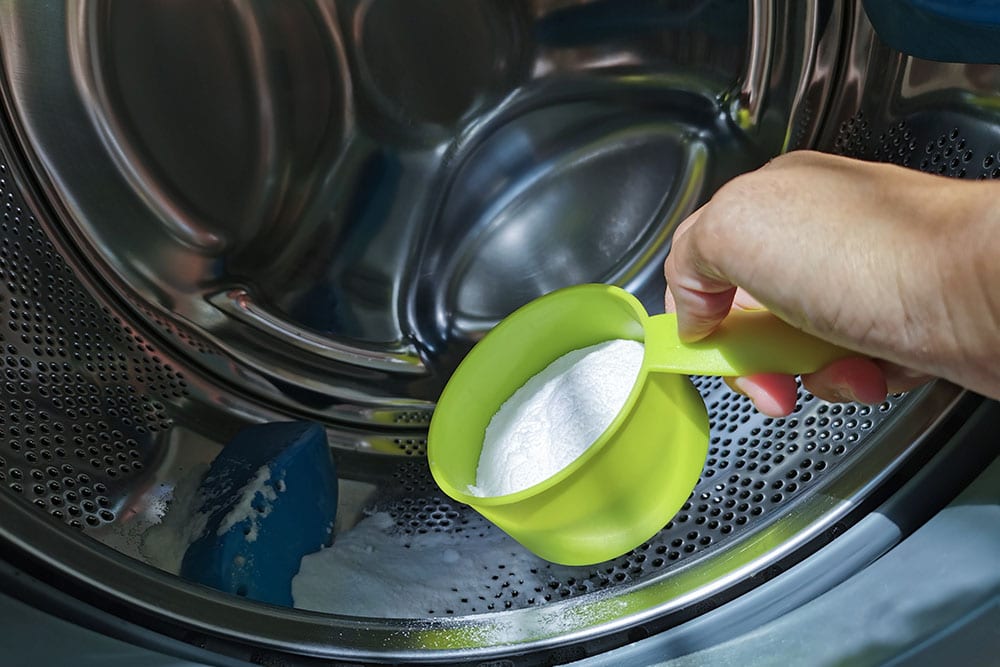
7. Let It Dry Out
Once the second cycle finishes, leave the lid open to let the barrel dry. If you can’t keep it open, use a towel to dry it before closing it. Leaving the lid open whenever possible can help reduce the risk of mildew growth, which will lead to a bad odor.

Cleaning a Front-Loading Washing Machine
1. Spray the Interior With Vinegar
Use a spray bottle filled with white vinegar to coat the interior of your front loader with vinegar, and allow it to sit while you move on to the next steps.
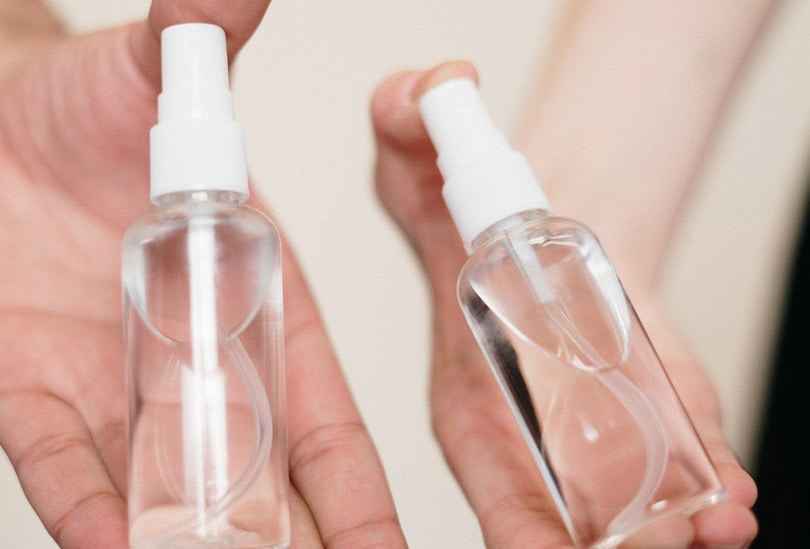
2. Clean the Rubber Gaskets
Clean the rubber gaskets around the door using vinegar and a soft cloth to remove any build-up of dirt and grime, so you have a better seal. It can also help the gasket last longer.
3. Add Vinegar to a Cycle
Next, close the door, choose the largest load size and the hottest water temperature, and start the washer. Add 2 cups of white vinegar to the wash using the detergent dispenser, and allow the cycle to complete.

4. Clean the Exterior
While the cycle is running, use the spray bottle of vinegar to coat the outside of the machine, and wipe it down with a clean cloth to remove any dirt and grime.
5. Add Baking Soda
Once the vinegar cycle stops, you can open the door to add 1 cup of baking soda and a few drops of your favorite essential oils. Run a second cycle to complete your cleaning.
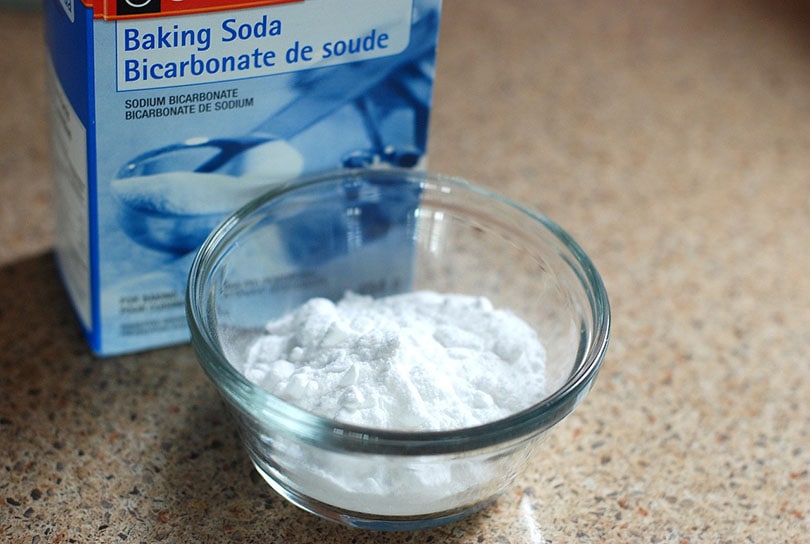
6. Dry the Interior
Once the second cycle is complete, leave the door open if you can to let it dry out, or use a towel to wipe it down before closing the door.
 How Often Should I Clean My Washing Machine?
How Often Should I Clean My Washing Machine?
We recommend cleaning your washing machine with vinegar every 3 months to keep your clothes smelling great.
What Other Options Are There?
Some people like to use bleach, which works well but is a much stronger chemical than vinegar, which works just as well. Many people also like to substitute baking soda with washing soda or Borax.
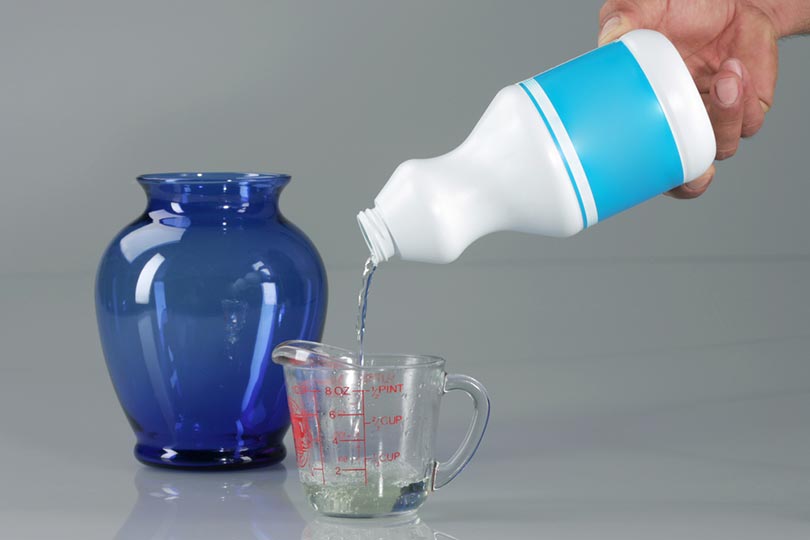
What If My Washer Won’t Allow Me to Run a Full Load Without Clothes?
If your washer only fills part way without clothes, you can still try the steps outlined here and will likely be happy with the results, as much of the bad smell comes from water sitting at the bottom of the tub. You can also add clothes to the wash, as long as they can handle hot water. Vinegar can even help remove stains from many clothes.
Summary
Cleaning your washing machine is easy using vinegar, and you will immediately notice that your clothes have a fresher scent. Many people already have vinegar in their home, and it’s nontoxic to children and pets. For best results, clean your washer every 3 months to prevent any build-up from dirt and grime. Leaving the door open or drying out the insides with a towel when you finish for the day will help slow the growth of mildew between cleanings.
Featured Image Credit: KorArkaR, Shutterstock
Contents

 How Often Should I Clean My Washing Machine?
How Often Should I Clean My Washing Machine?